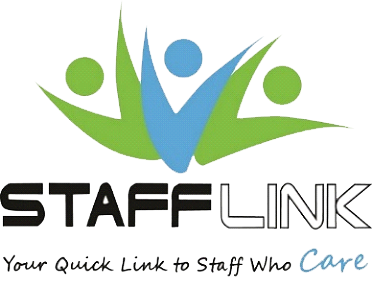Family Caregivers are the Real Valentines and Caregiving Takes Real Heart
Valentine’s Day will be celebrated on February 14th. The most recognizable visual of Valentine’s Day is the red heart. I have been a family caregiver. I own an agency that provides assistance to family caregivers. I want to honor family and professional caregivers across America on this Valentine’s Day. I know that caregiving takes real heart and true love. Those that perform caregiving are the real Valentines of this world.
Feeling the Caregiving Sandwich Squeeze
As our parent’s age, adult children frequently find themselves as caregivers on both ends of the spectrum. Adult children are providing caregiving in their own home to their own children and now providing caregiving and support to aging parents. Adult children are driving their own kids to school and activities and driving mom to doctor’s out-patient appointments. Their adult daughter may be making sure dinner is prepared or secured for her household and taking meals to the home of her aging in-laws who rarely cook any more. The adult son is picking up groceries for his household and picking up groceries for his aging father that no longer drives. They are taking the family dog to the veterinarian and picking up medicine from the local pharmacy for their parents. The adult niece is picking up dry cleaning for her and her husband and dropping by her widowed elderly aunt’s home to do some laundry. This is called “sandwich caregiving” and those providing it on a daily basis understand and feel the sandwich squeeze.
Portrait of Family Caregivers
Nearly 70 percent of all caregiving is performed by family members.
The typical senior family caregiver is a woman, age 49 years. She is usually the daughter of the senior. She is married and is employed full-time or part-time outside the home. Forty (40) percent of female family caregivers have children or grandchildren under 18, who reside with them.
Those that do not have children or grandchildren living with them still are intimately involved with assisting their children and grandchildren that do not live with them
Nearly 70 million individuals are currently providing care at some level to family members.
Adult Children Leave the Workforce to Provide Caregiving to Family Member
There is evidence that many adult children, especially women, leave the work force in order to provide long-term or short-term caregiving to family members.
Our StaffLink company has first-hand experience with this situation.
In spring of 2020, a long-term female administrative employee with StaffLink, suddenly left the office one day due to a crisis regarding a sibling. Her disabled brother had been involved in a bus accident. She left that day and never return to our office. She became a full-time care manager, advocate, and caregiver for her brother. She had been employed with us for over 25 years. She had not planned to leave the workforce, nor could she have predicted the crisis that would draft her into full-time caregiving. She has now moved him into her home. She is the mother of six adult children and a grandmother as well.
The Expansion of Family Caregiving
The United States population that is over 65 years of age will grow from just under 50 million at this time to nearly 90-100 million in the next 30-40 years! Currently, almost 10,000 baby boomers reach “senior” status of 65 years old each day! These numbers will continue to have a significant impact on family caregiving.
The Biggest Hurdle
One of the biggest hurdles with aging family members is that they resist help from non-family members. Many seniors do not have the financial means to hire caregiving assistance. Others do. Frequently even seniors with the financial means to hire help, choose to do without required assistance and wait for an overwhelmed and overburdened adult child to help them.
The Economic Impact and Value of Family Caregiving
Unfortunately, caregiving is generally underappreciated and undervalued. It should not be underappreciated. It should not be undervalued. Unpaid family caregiving hours are actually valued at around $200-400 billion dollars a year in the United States. Yes, I said billion and not million.
.
Family Caregivers Should Practice Self-Care and Self-Love
Caregiving is demanding and frequently unpredictable. Caregivers frequently neglect their physical, mental, social and financial health. Neglecting these will have long term effects on one’s future well-being.
So as a former family caregiver and a business owner who hires and places professional caregivers to provide families with assistance, I encourage all family caregivers to practice self-care and self-love as we prepare to celebrate the biggest holiday regarding love, Valentine’s Day.
Self-care and self-love are required self-maintenance for anyone that is going to be a compassionate and competent family caregiver. Family caregivers are the real Valentines and caregiving takes real heart! Happy Valentine’s Day 2022!
Caregiving for Family and Friends — A Public Health Issue (cdc.gov)
Caregiving in the United States 2020 (aarp.org)
Caregiving in the US 2020 | The National Alliance for Caregiving
Family Caregiving Report: Valuing the Invaluable (aarp.org)
- StaffLink Celebrates 38 Years in Business! - March 30, 2025
- What Is the Hourly Cost for Home Health in 2025? - March 12, 2025
- Seeking Retirees and Mature Persons to Provide In-home Care to Seniors - February 26, 2025

